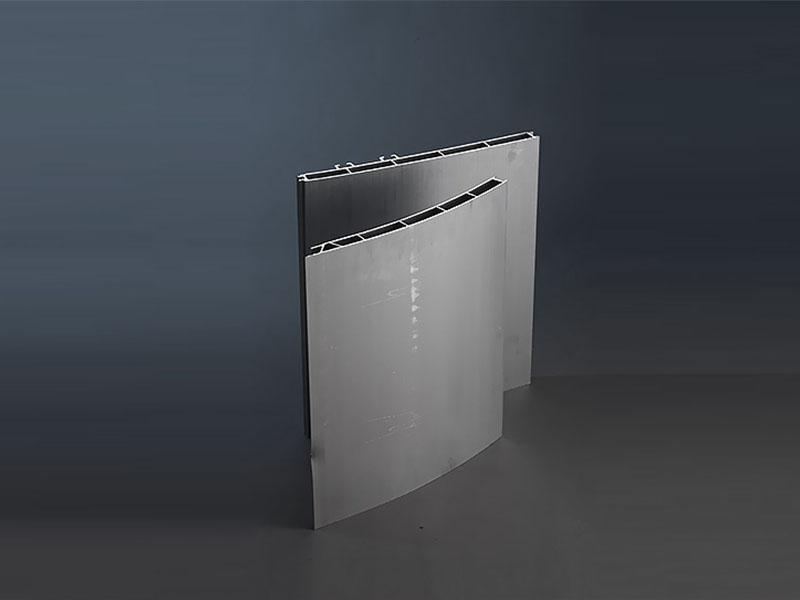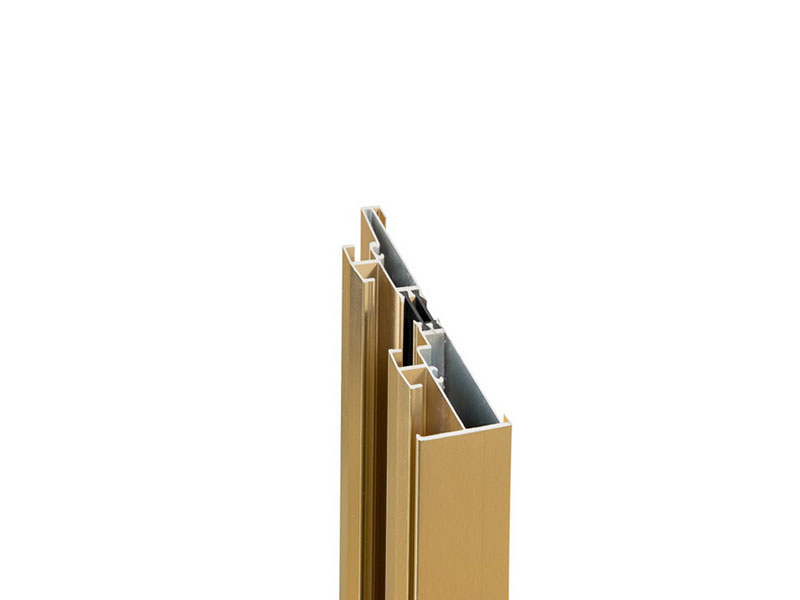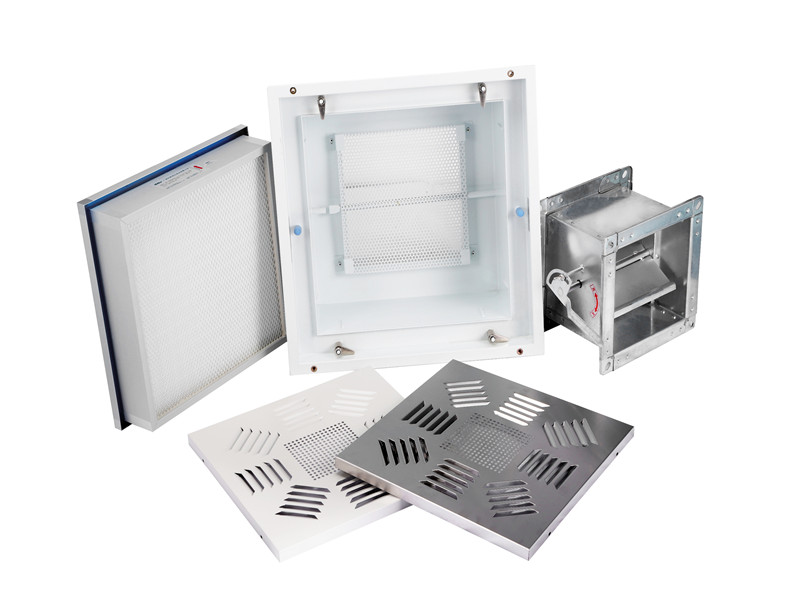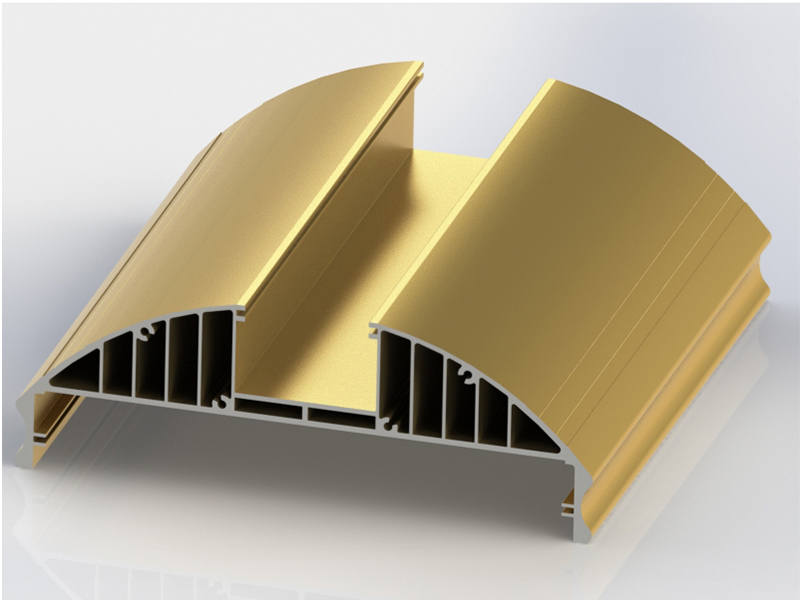
What are the general reasons for the surface defects of insulated bridge aluminum profiles?
Insulated bridge aluminum profiles mold work generally has blocking angles and flow promoting angles. Insulated bridge aluminum profiles kneading molds have a very poor drop ratio between the upper and lower molds. The upper and lower molds of the insulated bridge aluminum profiles kneading mold are not parallel, and the upper mold resistance of the insulated bridge aluminum profiles kneading mold cavity is too high to block the work with the wrong discharge and drainage grooves.
Insulated bridge aluminum profiles kneading molds have too few or too large external empty knives (the work belt is cracked and deformed without support). New molds or modified insulated bridge aluminum profiles kneading molds occur unevenly due to rough sand polishing in the mold factory As a result, the lubrication level is different, and the kneading operation of local insulated bridge aluminum profiles will have oil stains.

The support pad is too small to prevent it. The insulated bridge aluminum profiles show waves on the left and right ends. Elimination of insulated bridge aluminum profiles: planning and manufacturing qualified insulated bridge aluminum profiles kneading molds is the key, and mold factories must eliminate man-made mold processing defects. It needs to be repaired, modified and returned for disposal.
When kneading a new mold or a modified mold, there are waves when kneading, the root rod can be kneaded slowly at low temperature, and the center can be paused for a few times to re-knead to fill the material. The fine microwave waves increase the traction and increase the stretching amount. Disposal. Fine microwave waves, adjust the deviation of the cylinder and the mold surface, so that the amount of aluminum in the cylinder flowing into the mold cavity is changed to affect the flow rate.




